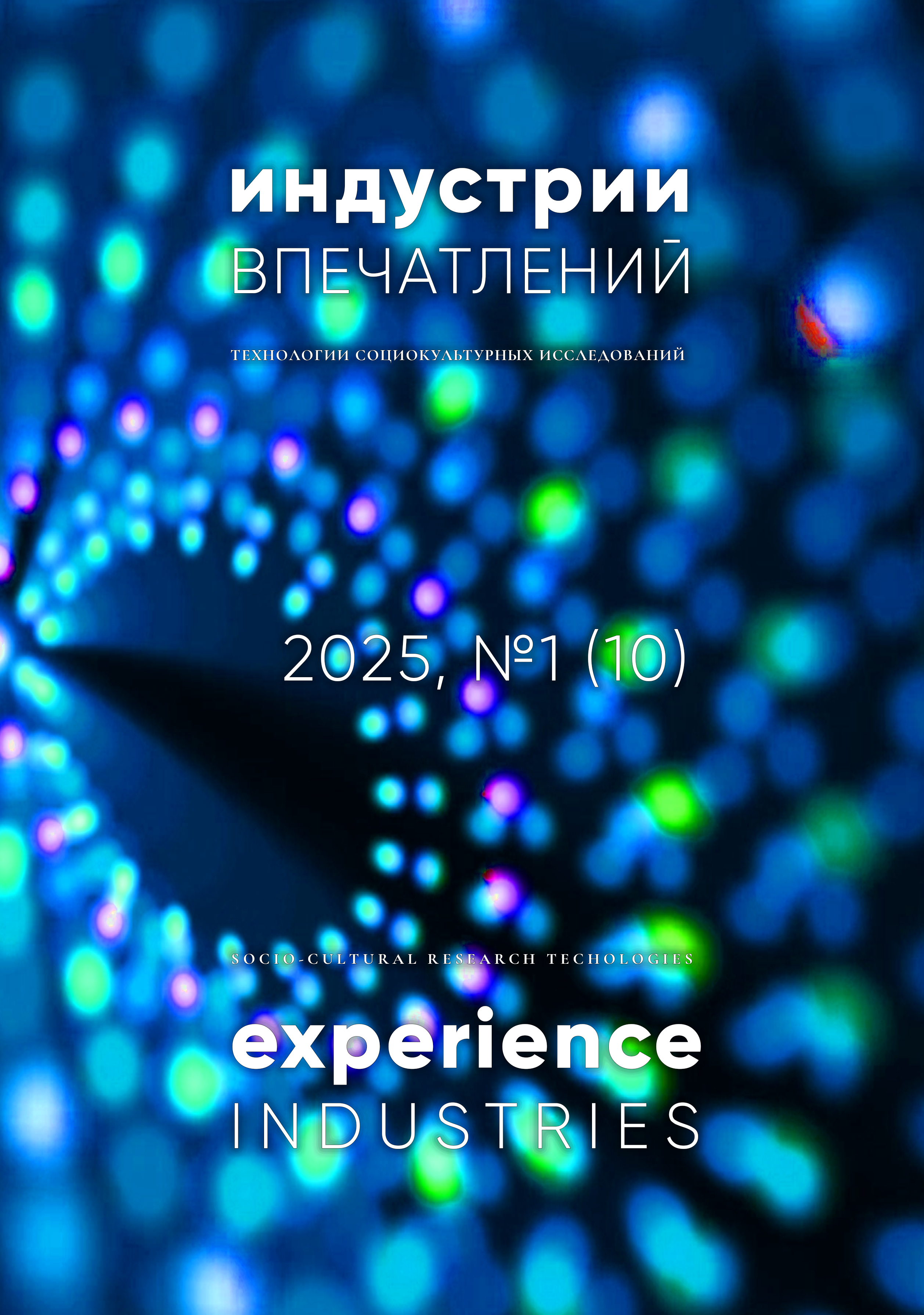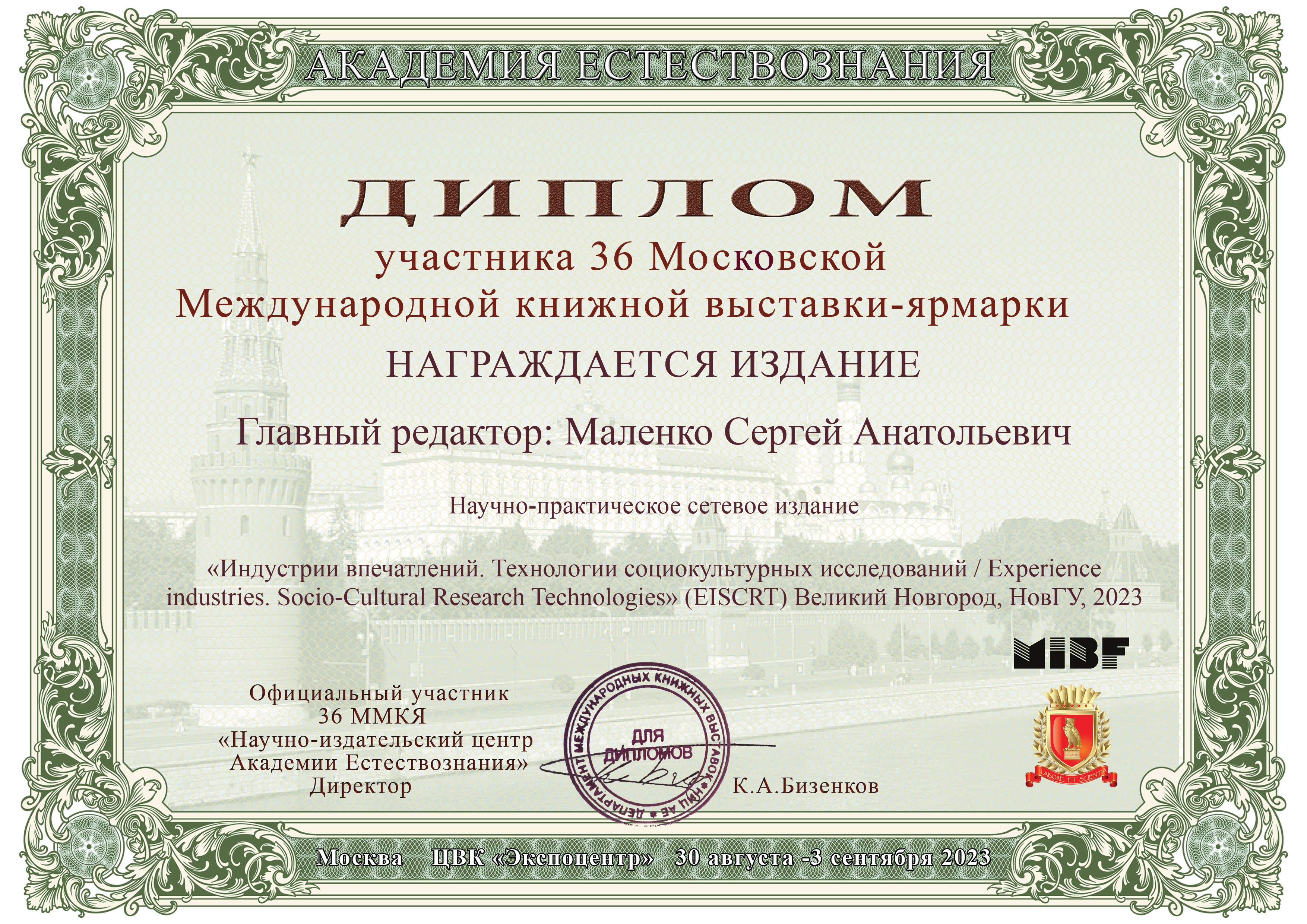FEATURES OF THE HISTORICAL DEVELOPMENT OF RYAZAN IN THE SECOND HALF OF THE 19TH — EARLY 20TH CENTURIES: THE PROBLEM OF POLYMEDIALITY IN THE ARCHITECTURE OF THE CITY
DOI:
https://doi.org/10.34680/EISCRT-2025-1(10)-61-99Keywords:
urban architectural ensemble, complementarity of architecture, wooden monumentalism, polymediality, intermedialityAbstract
The study is devoted to the consideration of the features of the historical development of Ryazan in the second half of the XIX – early XX centuries. When analyzing architecture, the author used comparative and intermediate methods, atypical for modern art criticism, and the urban ensemble of Ryazan itself would be understood as a polymedial space. This approach, on the one hand, is the purpose of the research, and on the other, constitutes its scientific novelty. Architecture and its specific sign-symbolic language act as a socio-cultural medium. Moreover, these mediums are multiple, which is due to the use of a set of materials in construction that differ in different construction capabilities. The latter significantly affects the design and shape, size and decor of structures. The specific interrelation of objects of the urban environment eventually forms a special polymedial space. However, the principle of intermediality is related to other processes in urban architecture and is much less common. The author examines the process of adapting the forms and techniques of stone architecture in relation to brick and wooden buildings, and also proves the existence of its reverse effect on stone architecture, which repeats adaptive forms. Thus, a reasonable conclusion is drawn about the existence of complementarity in the architectural development of the specified time range and its causes are identified.








